Washington, D.C. — U.S. consumer spending showed unexpected strength in August, as retail sales rose 0.6% from July, well above most forecasts. Stripping out volatile categories like automobiles and gasoline, sales rose even more—about 0.7%. On a year-over-year basis, retail sales are up around 5%.
What’s Driving the Growth
- The gains were broad-based: nine of the 13 major retail categories posted increases. Key contributors included back-to-school purchases, strong clothing and accessories sales, and a rise in spending on sporting goods and hobbies. Online retail, seen as a proxy for e-commerce, climbed by roughly 2% for the month.
- Inflation remains a concern, and the labor market shows signs of cooling: job growth has slowed, unemployment has edged up to around 4.3%, one of the highest readings in several years. Yet, consumer spending has held up despite those headwinds.
- Higher-income households appear to be supporting much of the uplift in spending. Rising home values and stock market gains have helped cushion some consumers from rising costs elsewhere in the economy.
Risks and Pressures
- The recent upward revision of earlier job data showed that fewer jobs were added over the past year than previously estimated—meaning the labor market is weaker than earlier believed. That could limit how much more consumers can spend without a rebound in job growth.
- Tariffs and rising input costs are starting to show through in prices. These inflationary pressures may weigh on household budgets, especially for middle- and lower-income consumers. If prices rise more sharply, discretionary spending may begin to retract.
- As the holiday season approaches, retailers will be watching whether consumers pull forward purchases now to avoid future price increases, or whether rising costs will dampen demand later.
Implications for Policy
- The August retail data is the last major economic snapshot before the Federal Reserve’s September meeting. Strong consumer spending could complicate expectations for interest rate cuts, even as inflation remains above target.
- Policymakers will be trying to balance the continued resilience in spending with caution over weakening labor metrics. Any sign that consumer confidence is slipping could tip the scales in favor of more conservative monetary policy.
The Big Picture
August’s retail results suggest that the U.S. economy is not yet tilting into the slowdown many feared. Even with rising prices and a soft labor market, consumers have so far resisted cutting back sharply. Whether this resilience can be maintained depends on how inflation, job growth, and global economic pressures evolve in the coming months.


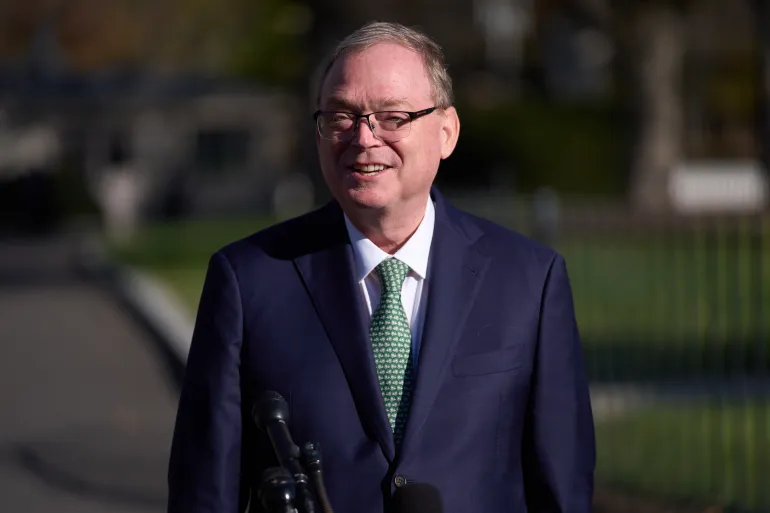

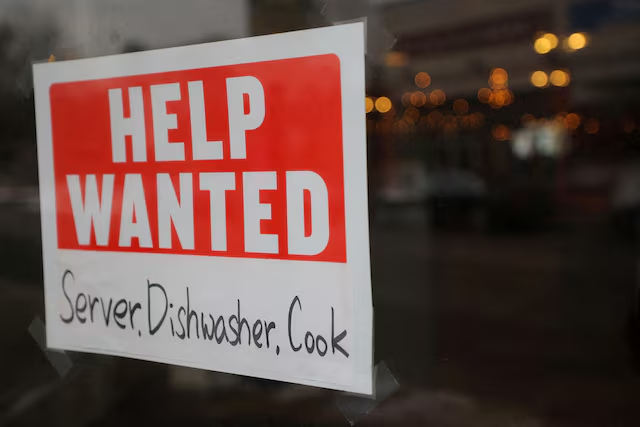

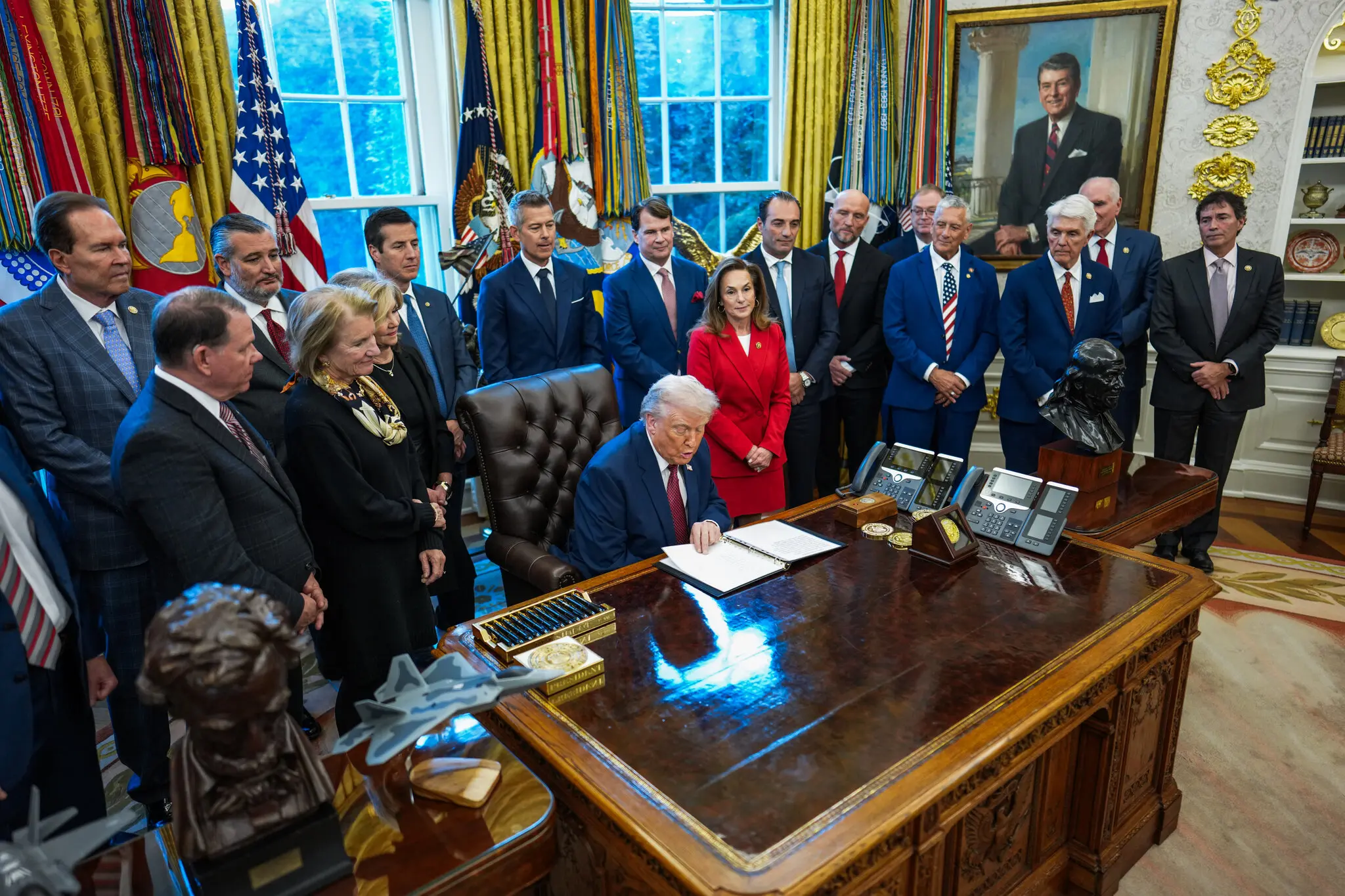
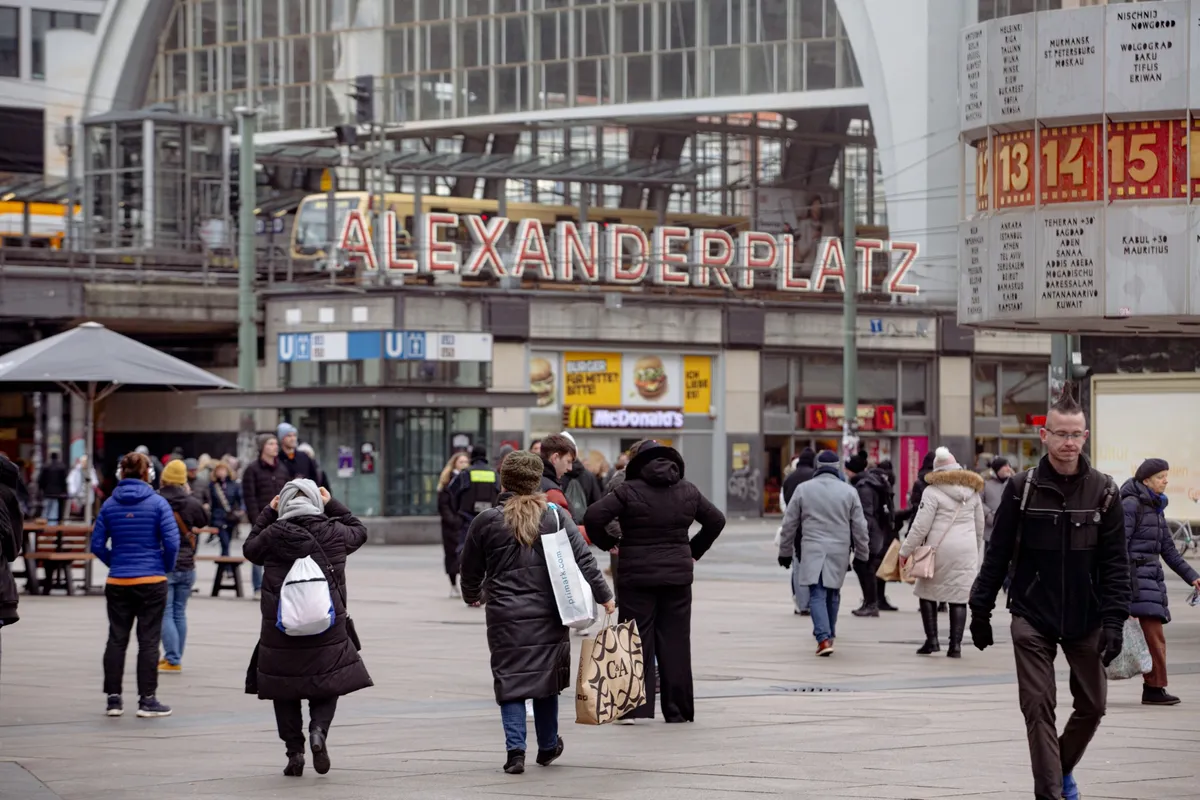
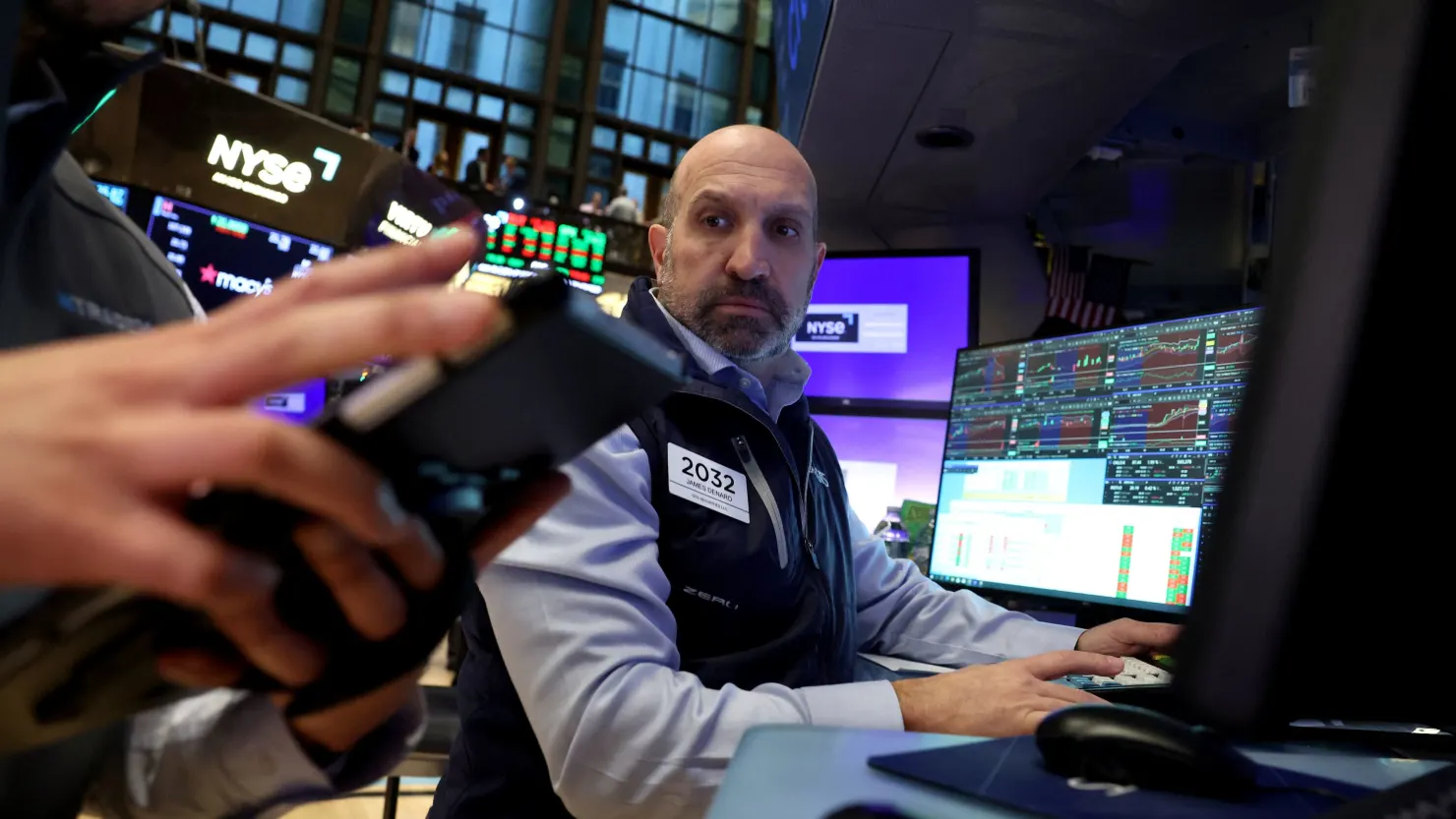
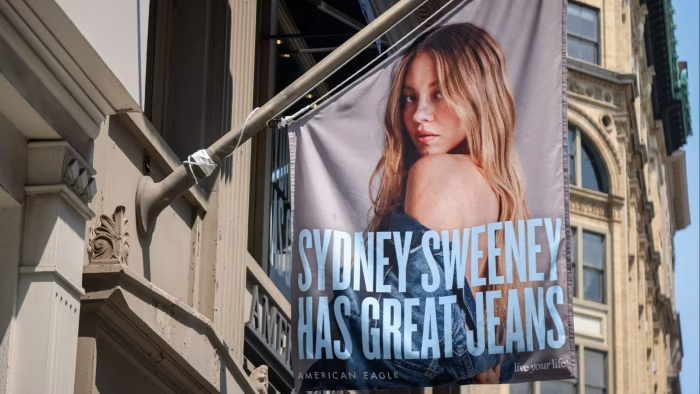

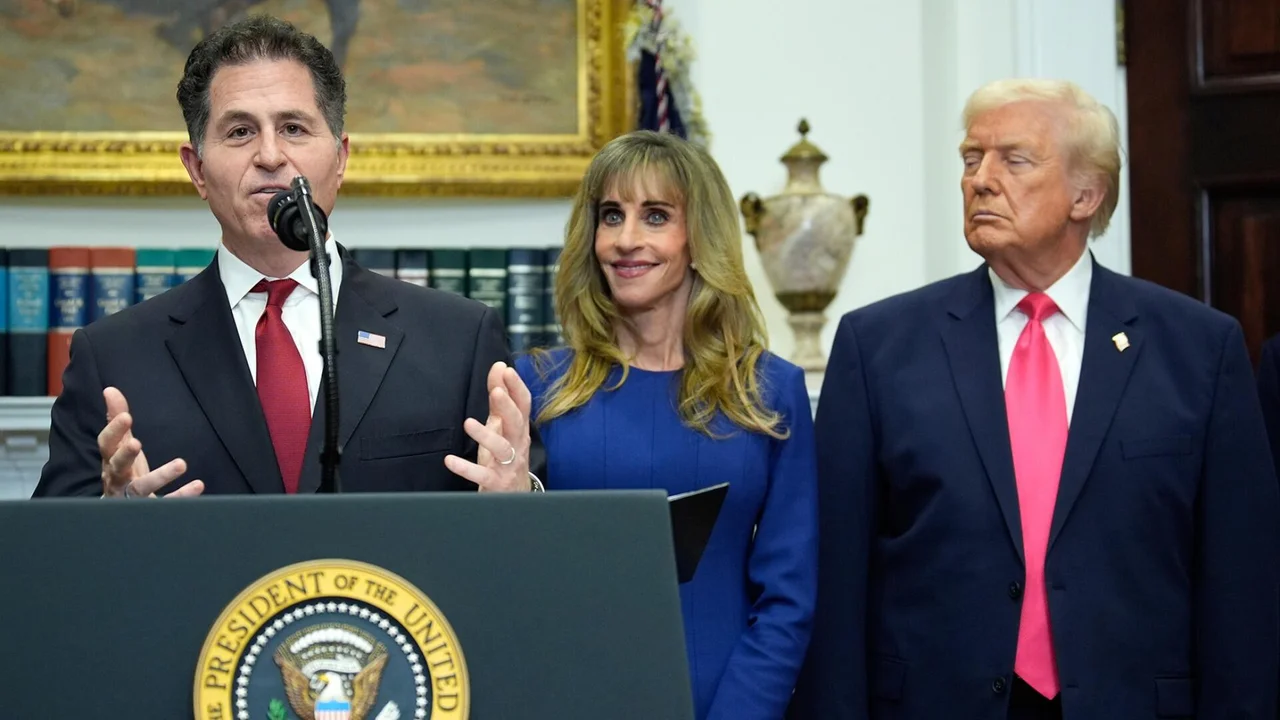




Leave a Reply